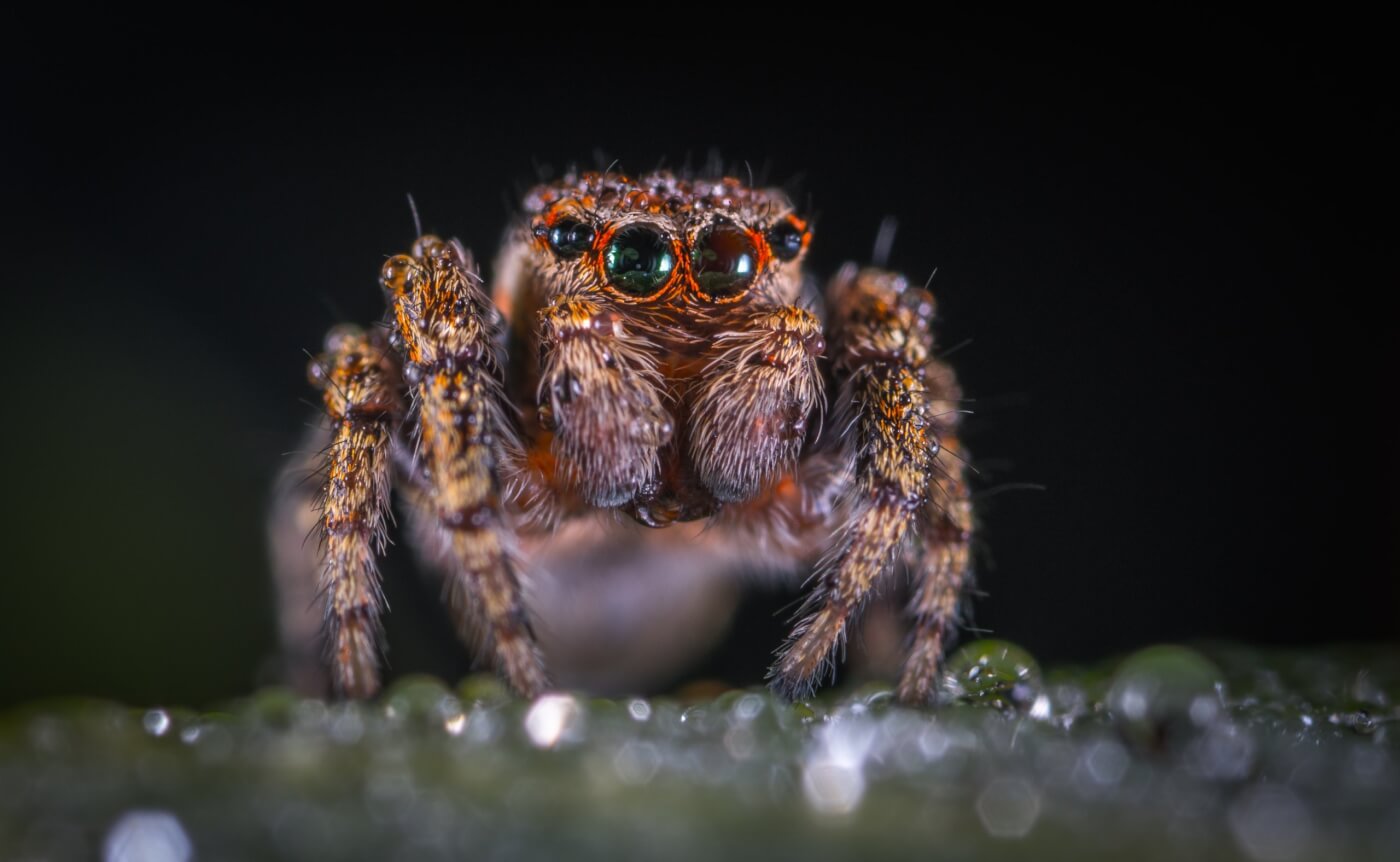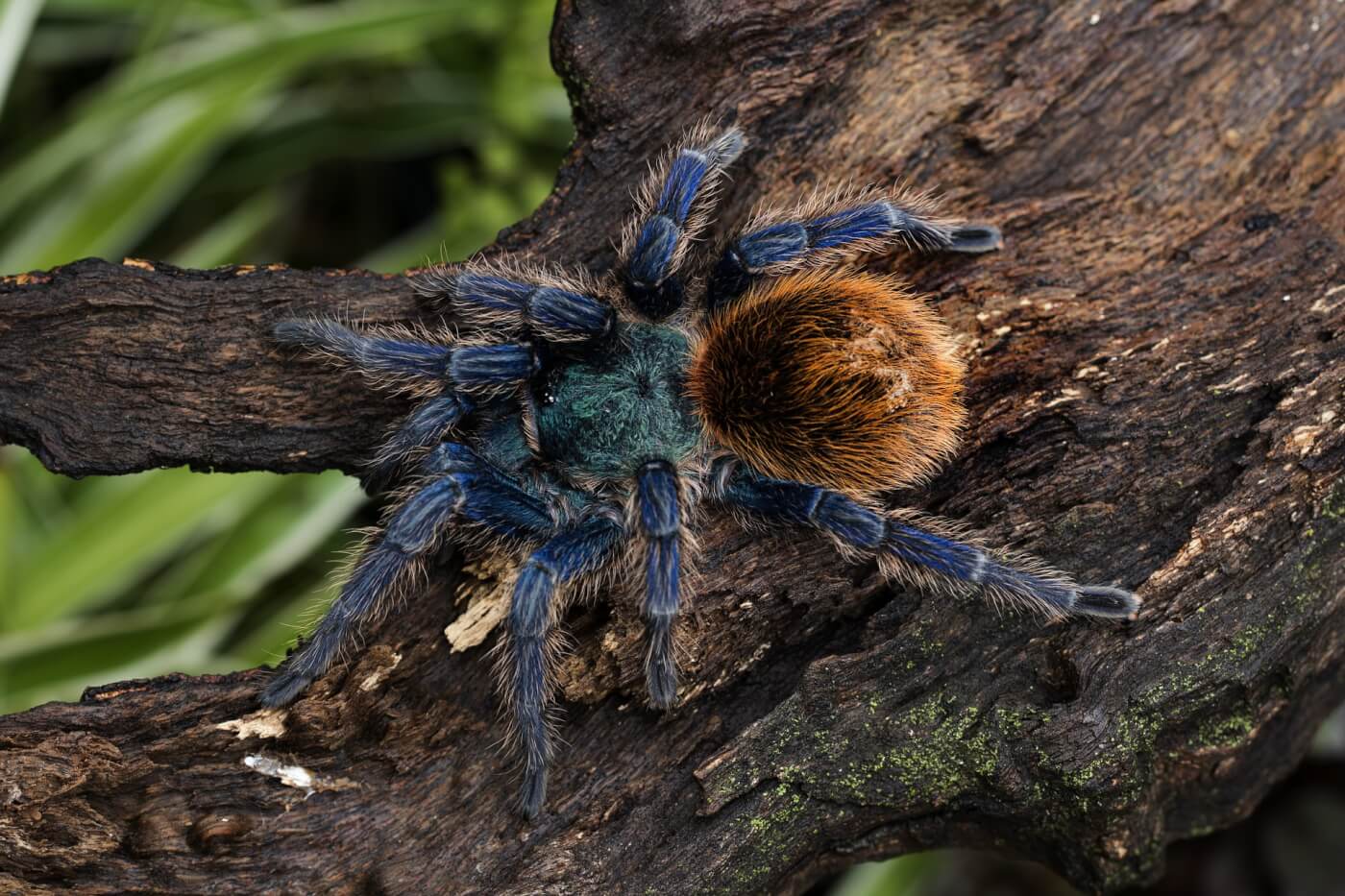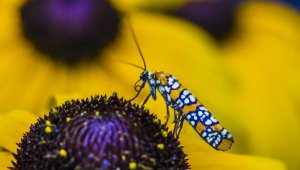Awesome Arachnids: Spider Facts That Will Fascinate You
There are nearly 45,000 species of spiders, who are masters of adaptation. They’ve been found on every continent except Antarctica and vary greatly in size, shape, web patterns, and habitats. No matter where you may find a spider, you’ll be ready to meet them with respect if you know more about them.
Spiders Are Scared of Humans
If you’ve ever tried to scoop up a spider to help relocate them, you know they play hard to get—the truth is, they’re afraid of you. If spiders knew how many humans have arachnophobia (an irrational fear of spiders), maybe they’d be a little bolder.
Spiders naturally stay out of our way and look for food in places where we won’t be. So if you see a spider you don’t need to move for their safety, live and let live, knowing that they won’t be coming for you.
Every Day Is Leg Day for Spiders
If you’ve ever noticed a spider moving with jerky, sudden motions, you might find yourself alarmed. Rest assured, they’re not trying to scare you! They move like that because their legs are hydraulic in nature. They extend their limbs with fluid pressure, not muscles (which are only used to contract their legs). This unique combination of leg mechanisms means many spiders are able to jump long distances by “catapulting.”
To pick up our eight-legged friends, check out PETA’s Humane Bug Catcher, complete with a sliding door to make insect transport safe and easy.
No, We Don’t Swallow Spiders in Our Sleep
You can rest easy knowing that spiders aren’t tumbling into your mouth while you sleep—the oft-cited “humans eat four spiders a year” is an urban legend. Although some spiders prefer moist environments, they’ll pick a damper, less busy room (like an unfinished basement) over your bedroom (and mouth).
Parachuting Spiders in Your Area?
They don’t pose any risk to humans or our animal companions, but they do have a fun trick up their sleeves. Some have called Jorōs “parachuting spiders,” but they’re doing something most orb-weaver spiders do: “ballooning.” Many adult spiders are too heavy for it, but babies and smaller spiders are able to release webs during strong winds to hitch a ride, sending them tens of miles in the process.
In the unlikely event that a spider happens to drift onto you, remember that ballooning spiders aren’t venomous. Patiently coax them onto your hand or a piece of paper, and drop them off somewhere like a tree or a shrub so they can get to work on a web.
Do Spiders Dream of a Restful Sleep?
We don’t know yet if spiders experience REM sleep, but some species are able to “shut down” in perfect stillness without food for six months, springing right back into action when they sense food nearby. How’s that for a power nap?
If you see a spider staying still in their web, don’t assume they’ve died—see if they’re alive before tearing their hard work down. Try blowing on their body or their web behind them gently to check for signs of life.
Tarantulas: Amazing Spiders, Never ‘Pets’
Tarantulas live in underground burrows in many drier environments, including the tropics, deserts, and mountains. Unlike most spiders, they don’t use their silk to make webs—it’s mostly used to reinforce their homes. They can also replace their lost legs during their molting process, which happens once or twice a year.
Tarantulas are beautiful, fascinating beings who love to dance for romance—but they don’t have feelings for you. Spare tarantulas, who can live for multiple decades, a horrible existence of capture, breeding, and transport (in which many die), just to be locked in an enclosure for years. There’s no responsible or ethical way to care for a tarantula, and the only time you should see one is if you’re lucky enough to spot them in nature.
Learn more about tarantulas and why they should never be considered companions.
Humanely Excluding Spiders and Insects
We think you’ll agree: Spiders are fascinating, if often misunderstood. Learn more about how to humanely deter spiders and bugs from areas and how to relocate them if you need to.





